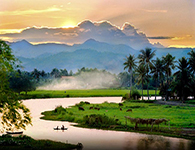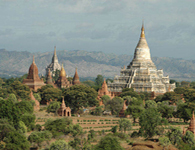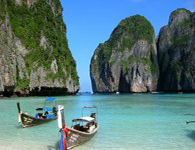- It is less crowded
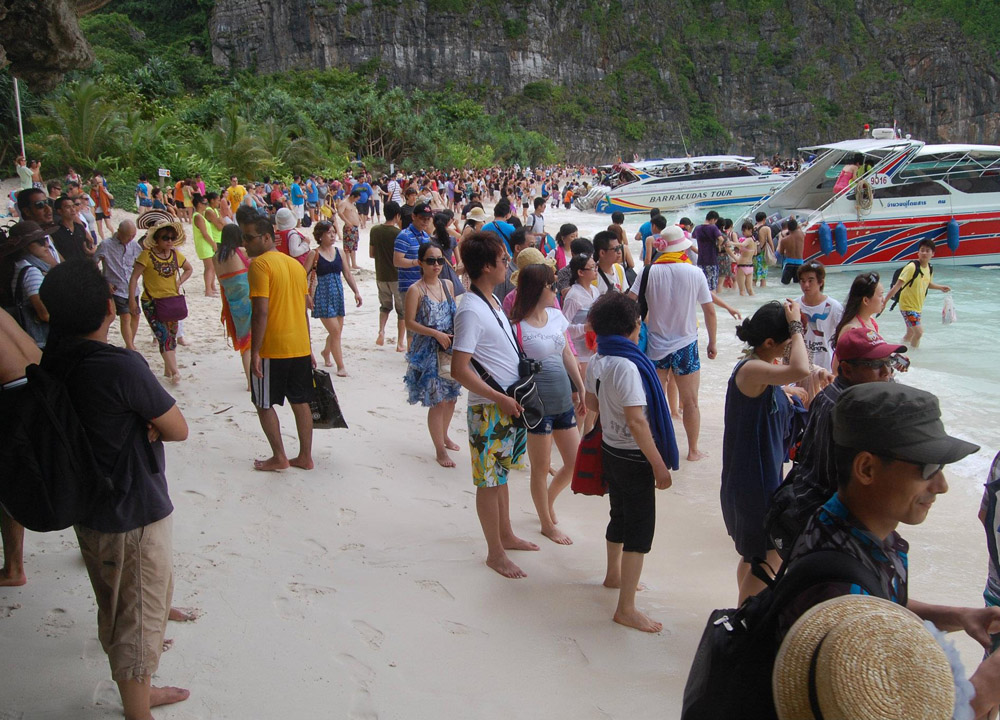
In low season, it is less crowded- source: internet
There is a reason why it is called low season. You will not be battling against thousands of other people is one of the biggest perks to travel in the off peak season. You will certainly have more time and space to comfortably discover some of the key tourist attractions on offer. Just imagining visiting the Angkor Wat, one of the most spectacular archaeological sites and a main draw to this region, and having to shuffle through a crowd to take a photo or simply get a good look also makes you excited. If traveling in low season, you can definitely avoid some of this touristy chaos and really be immersed yourself in the unique places you have traveled so far to see.
- Better deals and better rates
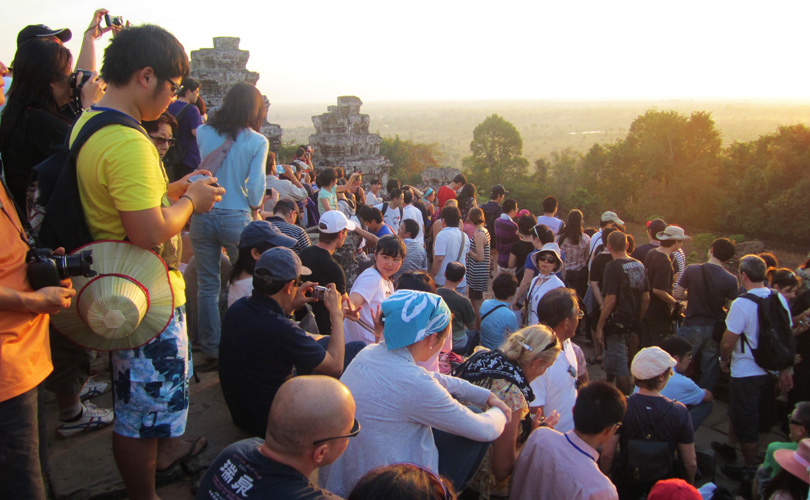
There are more great offers in low season- source: internet- source: internet
The local businesses start vying for the remaining travelers’ attention since the crowds from peak season thin out, which means better deals and better rates across the board. As you are guaranteed to stretch the dollar, baht, dong or riel a lot further, this really is the best time of year to travel if you are travelling on a tight budget. While airlines and tour operators are the most obvious ways to save, as they try to fill rooms, accommodation will also be much cheaper. Furthermore, there are great offers put out by some of the local restaurants and activity providers in order to keep up business. Tours in Laos
- Unique local festivals
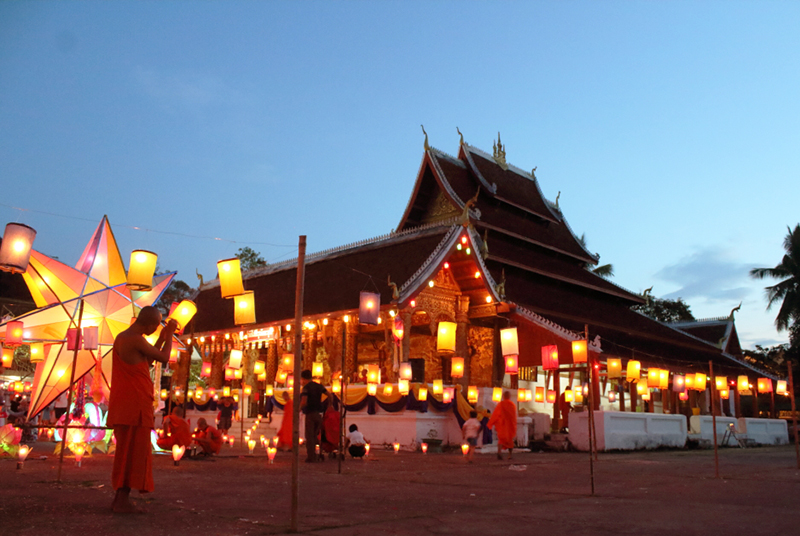
Buddhist Lent celebration- source: internet
Keep in mind that local life goes on and the wet season is still a busy time although it is low season for travelers. The crucial wet phase of the rice cultivation cycle and boat racing (September) and the Buddhist Lent celebration (from July to October) are some notable festivals that take place. To experience fascinating cultural events first hand, these are all amazing opportunities. Don’t hesitate to take part in the colorful celebrations and get swept up. Not only costing you anything, it also can provide some of the most authentic and unforgettable experiences.
- Smaller groups on tour
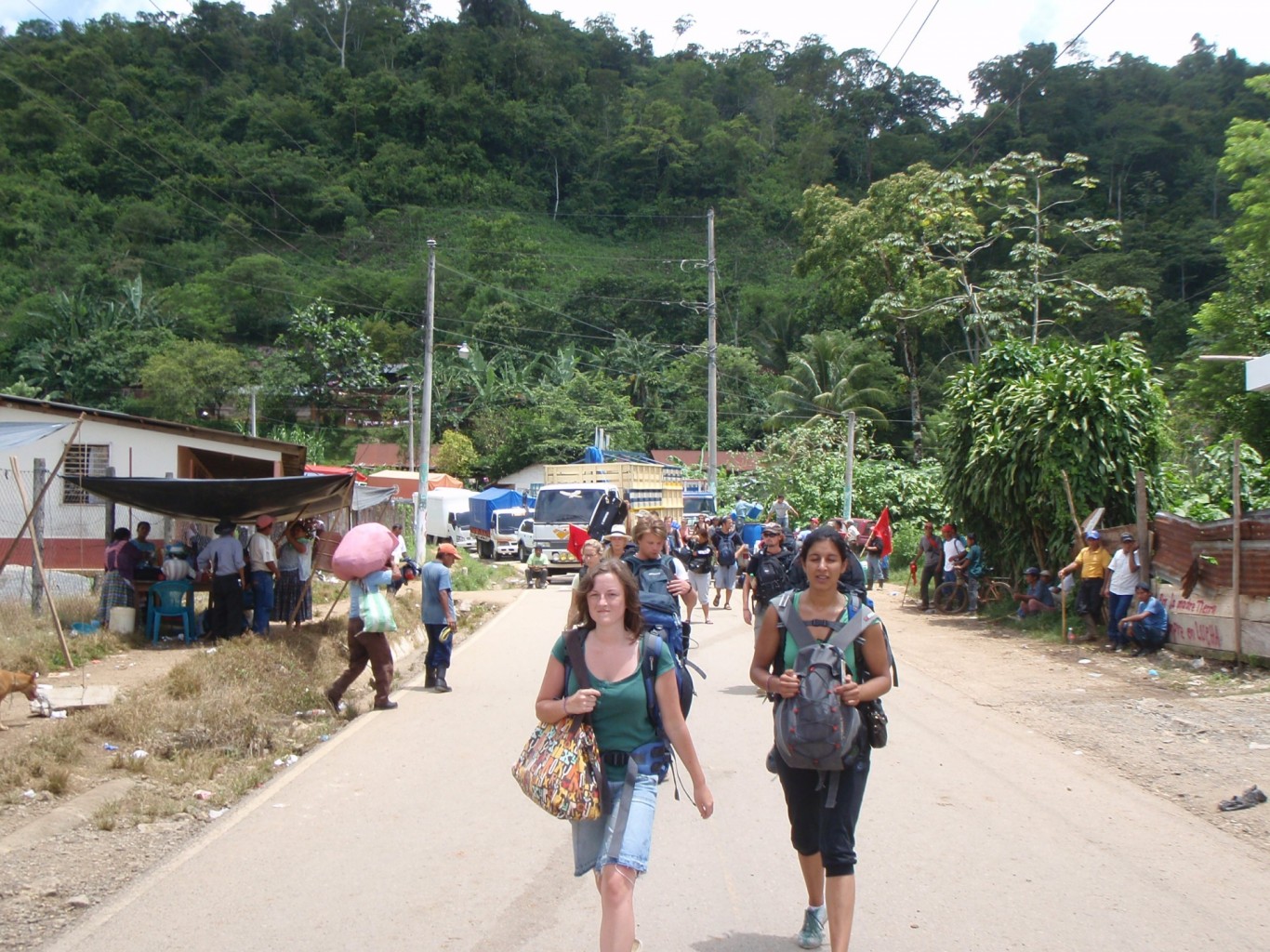
Fewer people naturally means smaller group sizes for activities and tours- source: internet
Fewer people in the region also naturally means smaller group sizes for activities and tours as well. You will have more time with your tour leader and normally a much more personal experience, together with more flexibility to do fascinating side excursions that could not be possible with these larger groups. For example there are more chances for authentic local encounters at village visits and local restaurants find it less difficult to accommodate these smaller groups. It is no doubt that you can also meet and talk with some truly like-minded people who are also exploring the benefits of travelling in low season and want to compare notes on what they have already learnt!
- The weather is not that bad
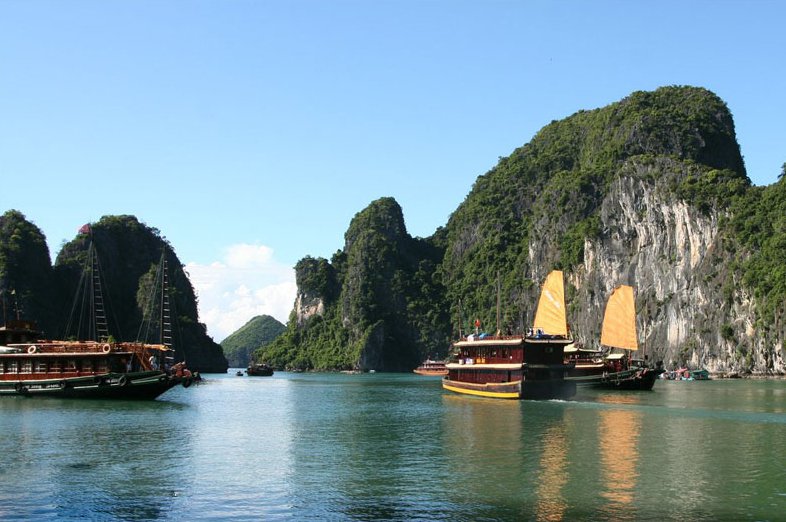
The weather is not that bad- source: internet
The weather is the biggest concern with travelling in the wet season of most people. Of course, it will rain. But it will not rain all the time, and you should consider this a benefit! Even though you can still enjoy warm sunny days to develop your holiday tan, expect that in most days, usually in the afternoons, there will be a cloud burst. Relatively predictable, these rain showers tend to finish as fast as they begin. When doing come, they also offer a nice break from the heat of the day. Don’t miss to grab an amazing chance to sit back and relax with a cheeky beer while waiting for the rain to end. The fact that the wet season transforms the Southeast Asia’s landscape from the dusty brown hues of the dry season into a splendid verdant green, which makes for some incredibly magical photos, is something else you may not have considered.
When is the Southeast Asia’s low season? There are many different opinions about when it starts, but normally the period between June and September is thought to be the low season.





